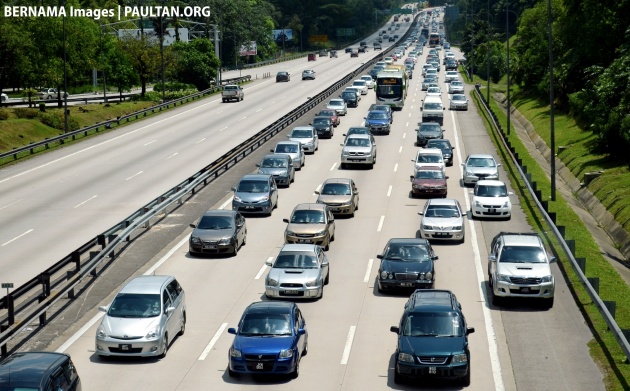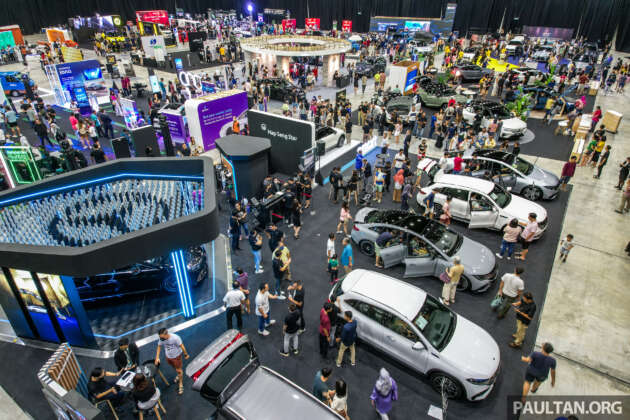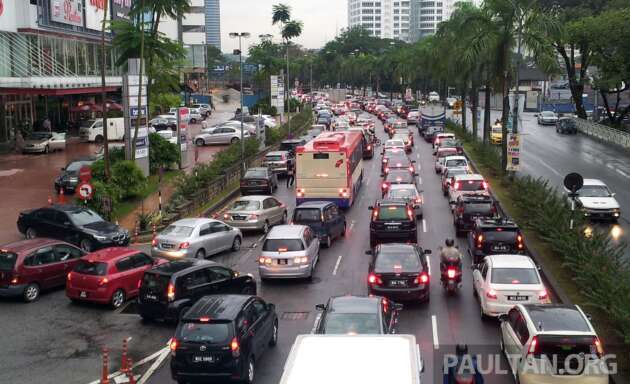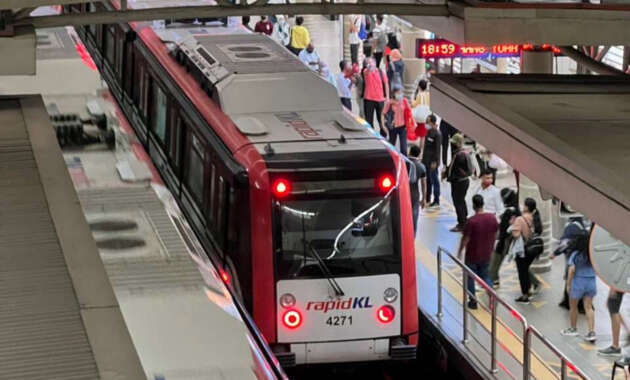The difficulty of rising visitors congestion requires insurance policies which discourage the usage of non-public autos, alongside enhancements towards the general public transport ecosystem, stated specialists in response to The Star.
Most individuals, particularly these dwelling exterior the town centre, favor driving as it’s extra handy in comparison with taking public transport the place switching transit traces is required, stated Malaysian Institute of Highway Security Analysis (Miros) chairman Wong Shaw Voon.
An instance cited by The Star is a commuter in Selangor who travels from Kota Damansara to SS15 in Subang Jaya, who will first must journey to the Muzium Negara MRT station, and alter traces on the KL Sentral LRT station.
“This doubles the journey time in comparison with driving. Public transport nonetheless has restricted traces. Extra enchancment is required if we would like extra individuals to make use of public transport,” Wong stated, noting that the scenario could enhance with the upcoming MRT 3 (Circle Line) and LRT 3 (Bandar Utama – Klang line) rail initiatives.
Citing knowledge from the highway transport division (JPJ), new automobile registrations elevated from 530,057 models in 2021 to 832,347 models in 2023, in response to the report.
In the meantime, the dearth of first- and last-mile connectivity is the principle cause individuals favor proudly owning autos, stated MDS Consultancy Group managing director Rosli Azad Khan, in response to The Star.
Transit alignments are sometimes situated distant from residential areas, and seamless interconnectivity throughout completely different modes of public transport is a should if non-public automobile use is to be discouraged. Having extra interchange stations the place commuters can simply change prepare traces, together with a single fee platform and smaller feeder buses, in addition to permitting e-mobility autos on the trains will help, he stated.
“Digital ticketing techniques to allow a single fee platform throughout all modes of public transport reminiscent of MyRapid and different cashless techniques can contribute to seamless journey. To shorten switch occasions, smaller buses or minibuses can be utilized to ferry commuters from their housing areas to the transit stations,” Rosli stated.
“Automotive restriction measures, as an illustration larger toll charges for highways working within the cities reminiscent of Kuala Lumpur, Petaling Jaya, Subang, Shah Alam and Klang, have to be in place. Parking areas within the cities must be restricted. Automobiles also needs to not be allowed to park on the highway,” Rosli added, calling for coverage adjustments to limit non-public automotive utilization.
Based on Malaysia Highway and Transportation Security Affiliation president Nik Mohd Salim, visitors circumstances are anticipated to worsen as extra growth arises, however there are fewer plans to extend highway entry, The Star wrote.
“Housing areas ought to centre round public transport hubs,” Nik Mohd Salim stated, who urged the federal government to think about visitors points of their metropolis planning, and that there must be higher entry to public transport from housing areas.
In the meantime, new transit traces expertise and better funding in public transport have been confirmed to draw commuters, stated Malaysian Public Transport Customers Affiliation president Ajit Johl in response to the report.
“We’ll see a discount in visitors jams supplied the federal government performs an energetic position within the continued promotion of the general public transportation system,” stated Ajit, who urged that the town implements car-free days on weekdays.
Seeking to promote your automotive? Promote it with Carro.






